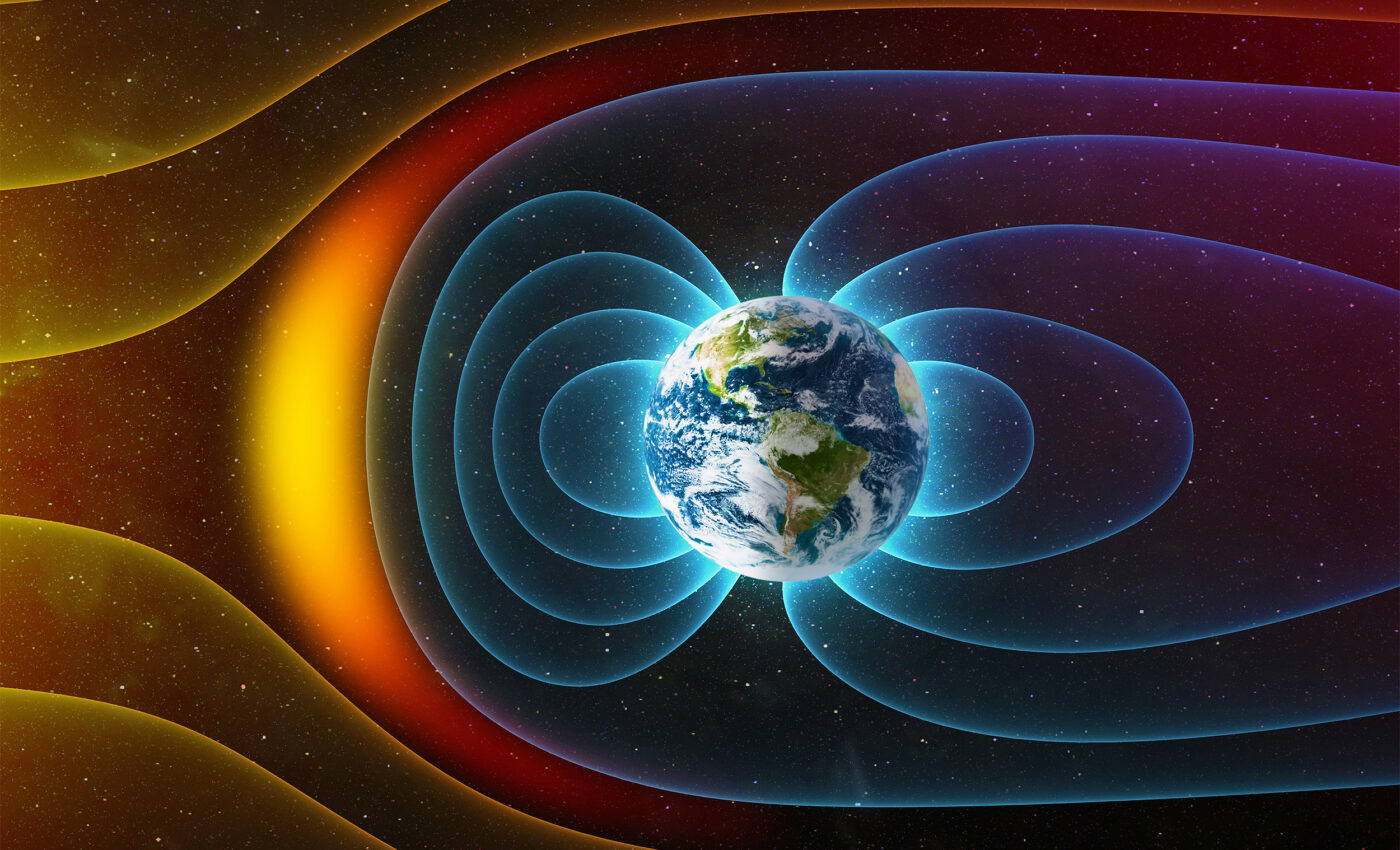
Space weather poses significant risks to railway safety
The rail industry is being urged to consider the safety risks posed by space weather, particularly solar storms. New research suggests that these events could cause train accidents by disrupting rail signaling systems.
A team from Lancaster University, including PhD researcher Cameron Patterson and Professor Jim Wild, has conducted a study focusing on the impact of solar storms.
Powerful disturbances
Solar storms can create powerful magnetic disturbances on Earth, leading to geomagnetically induced currents (GICs) which have the potential to interfere with electricity transmission and distribution grids.
“Our research shows that space weather poses a serious, if relatively rare, risk to the rail signaling system, which could cause delays or even have more critical, safety implications,” said Patterson. “This natural hazard needs to be taken seriously. By their nature, high-impact, low-frequency events are hard to plan for, but ignoring them is rarely the best way forward.”
The study specifically investigated how geomagnetically induced currents could affect the track circuits of AC electrified lines powered by overhead cables. The team modeled these effects on two key routes: the West Coast Main Line between Preston and Lancaster, and the Glasgow to Edinburgh line.
Rail signaling and space weather
“Crucially, our research suggests that space weather is able to flip a signal in either direction, turning a red signal green or a green signal red. This is obviously very significant from a safety perspective,” said Patterson.
“By building a computer model of the signaling track circuits using realistic specifications for the various components of the system, we found that space weather events capable of triggering faults in these track circuits are expected in the UK every few decades.”
This is particularly concerning given that there are more than 50,000 signaling track circuits in the UK. Patterson’s earlier research explored “right side” failures, where signals switch from green to red, a fail-safe scenario.
However, the more hazardous “wrong side” failures, where signals go from red to green, could occur at lower geoelectric field strengths, meaning weaker geomagnetic storms could more easily trigger these dangerous failures.
The latest study suggests that “wrong side” failures could happen once or twice every decade. For extreme events, which occur less frequently, the risk of widespread signaling malfunctions increases significantly.
Implications of space weather on rail safety
The team also examined the effects of a solar storm similar to the massive 1859 eruption, predicting widespread signaling issues.
“When we experience severe space weather which happens every few decades or extreme space weather seen every century or two, then there is a potential for significant signaling misoperation, which has an obvious safety impact,” said Patterson.
Severe space weather is recognized in the UK Government’s National Risk Register for Civil Emergencies as a significant threat. This research serves as a wake-up call for the rail industry to address the safety risks posed by space weather.
Professor Wild emphasized the importance of incorporating space weather forecasting into railway operations to mitigate risks.
“Other industries such as aviation, electricity generation and transmission, and the space sector are considering the risks to their operations, and exploring how these might be mitigated. It’s important that the rail sector is included in this planning,” said Professor Wild.
“As our understanding of the space weather hazard improves, it’s possible to consider how to reduce the risks. In future, we could see space weather forecasting being used make decisions about limiting railway operations if an extreme event is expected, just as meteorological forecasts are used currently.”
The study is published in the journal Space Weather.
—–
Like what you read? Subscribe to our newsletter for engaging articles, exclusive content, and the latest updates.
—–
Check us out on EarthSnap, a free app brought to you by Eric Ralls and Earth.com.













